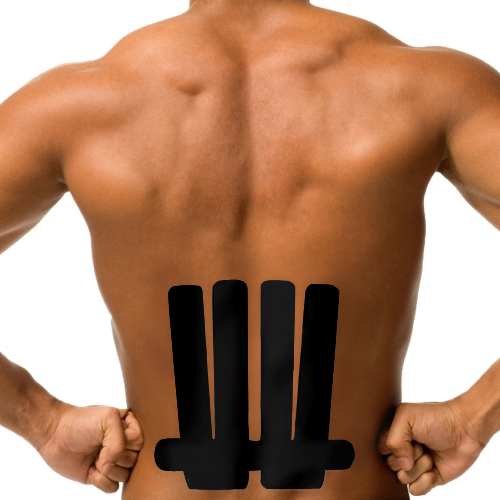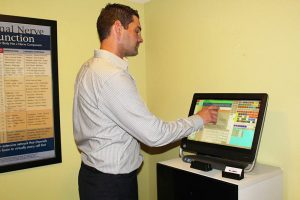Low-back pain (often referred to as “lower back pain”) is a common condition that usually improves with self-care (practices that people can do by themselves, such as remaining active, applying heat, and taking pain-relieving medications). However, it is occasionally difficult to treat. Some health care professionals are trained to use a technique called spinal manipulation to relieve low-back pain and improve physical function (the ability to walk and move). This fact sheet provides basic information about low-back pain, summarizes research on spinal manipulation for low-back pain, and suggests sources for additional information.
Key Points
- Spinal manipulation is one of several options—including exercise, massage, and physical therapy—that can provide mild-to-moderate relief from low-back pain. Spinal manipulation appears to work as well as conventional treatments such as applying heat, using a firm mattress, and taking pain-relieving medications.
- Spinal manipulation appears to be a generally safe treatment for low-back pain when performed by a trained and licensed practitioner. The most common side effects (e.g., discomfort in the treated area) are minor and go away within 1 to 2 days. Serious complications are very rare.
- Tell all your health care providers about any complementary health practices you use. Give them a full picture of what you do to manage your health. This will help ensure coordinated and safe care.
About Low-Back Pain
Back pain is one of the most common health complaints, affecting 8 out of 10 people at some point during their lives. The lower back is the area most often affected. For many people, back pain goes away on its own after a few days or weeks. But for others, the pain becomes chronic and lasts for months or years. Low-back pain can be debilitating, and it is a challenging condition to diagnose, treat, and study. The total annual costs of low-back pain in the United States—including lost wages and reduced productivity—are more than $100 billion.
About Spinal Manipulation
Spinal manipulation—sometimes called “spinal manipulative therapy”—is practiced by health care professionals such as chiropractors, osteopathic physicians, naturopathic physicians, physical therapists, and some medical doctors. Practitioners perform spinal manipulation by using their hands or a device to apply a controlled force to a joint of the spine. The amount of force applied depends on the form of manipulation used. The goal of the treatment is to relieve pain and improve physical functioning.
Side Effects and Risks
Reviews have concluded that spinal manipulation for low-back pain is relatively safe when performed by a trained and licensed practitioner. The most common side effects are generally minor and include feeling tired or temporary soreness.
What the Science Says About Spinal Manipulation for Low-Back Pain
Overall, studies have shown that spinal manipulation is one of several options—including exercise, massage, and physical therapy—that can provide mild-to-moderate relief from low-back pain. Spinal manipulation also appears to work as well as conventional treatments such as applying heat, using a firm mattress, and taking pain-relieving medications.
In 2007 guidelines, the American College of Physicians and the American Pain Society included spinal manipulation as one of several treatment options for practitioners to consider when low-back pain does not improve with self-care. More recently, a 2010 Agency for Healthcare Research and Quality (AHRQ) report noted that complementary health therapies, including spinal manipulation, offer additional options to conventional treatments, which often have limited benefit in managing back and neck pain. The AHRQ analysis also found that spinal manipulation was more effective than placebo and as effective as medication in reducing low-back pain intensity.


 At Jones Family Chiropractic we offer in-house x-rays as a convenience to our patients so they don’t have to be referred out to another location.
At Jones Family Chiropractic we offer in-house x-rays as a convenience to our patients so they don’t have to be referred out to another location. Jones Family Chiropractic utilizes a state of the art software system that assists with all aspects of chiropractic care. Analysis, results, treatment schedules and progress are all kept in our system. Each time you visit us your private and secure patient history is available for you and Dr. Jones to review and discuss.
Jones Family Chiropractic utilizes a state of the art software system that assists with all aspects of chiropractic care. Analysis, results, treatment schedules and progress are all kept in our system. Each time you visit us your private and secure patient history is available for you and Dr. Jones to review and discuss. Complimentary 15 Minute Consultation*
Complimentary 15 Minute Consultation*